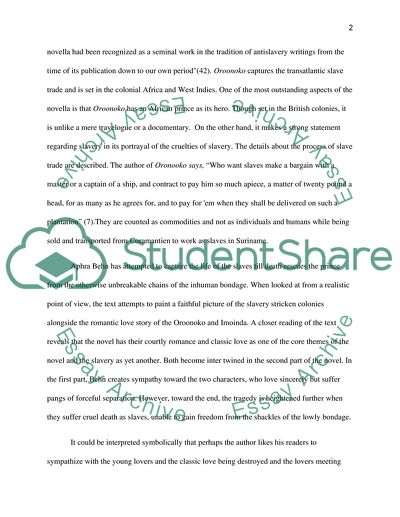Cite this document
(“Oroonoko Close Reading (Anti- Slavery Text) Research Paper”, n.d.)
Retrieved from https://studentshare.org/miscellaneous/1553404-oroonoko-close-reading-anti-slavery-text
Retrieved from https://studentshare.org/miscellaneous/1553404-oroonoko-close-reading-anti-slavery-text
(Oroonoko Close Reading (Anti- Slavery Text) Research Paper)
https://studentshare.org/miscellaneous/1553404-oroonoko-close-reading-anti-slavery-text.
https://studentshare.org/miscellaneous/1553404-oroonoko-close-reading-anti-slavery-text.
“Oroonoko Close Reading (Anti- Slavery Text) Research Paper”, n.d. https://studentshare.org/miscellaneous/1553404-oroonoko-close-reading-anti-slavery-text.


